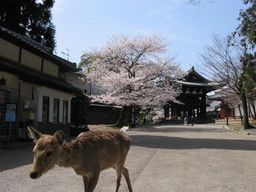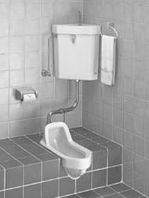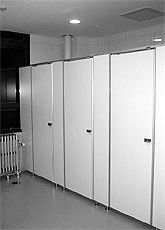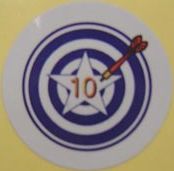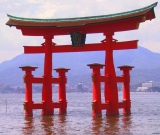
I didn't know that what Shinto exactly is and I found the reason. The key is Shinto has no dogma, no holy scripture but has a lot of gods. Though Shinto practices and teachings are not popular, Shinto beliefs and ways of thinking are deeply embedded in the subconscious fabric of Japanese.
"Shinto is a collection of rituals and practices have originated organically in Japan over a span of many centuries The most immediately striking theme in the Shinto religion is a great love and reverence for nature. Thus, a waterfall, the moon, or just an oddly shaped rock might come to be regarded as a kami (god). Post-war, the number of Japanese citizens identifying their religious beliefs as Shinto has declined a great deal, yet many practices have persisted as general cultural beliefs (such as ancestor worship, which is still very popular), superstitions, and community festivals.
Shinto has been influenced by Japan's contact with the religions of other nations, especially China. It is very difficult to untangle Shinto and Buddhist beliefs about the world. One might say that where Buddhism emphasizes the afterlife and ending the cycle of rebirths; Shinto emphasizes this life and finding happiness within it. Though Buddhism and Shinto have very different perspectives on the world, most Japanese do not see any challenge in reconciling these two very different religions, and practice both. Thus it is common for people to practice Shinto in life yet have a Buddhist funeral." (Wikipedia)
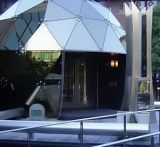
Shinto has adjusted to modern society throughout history, and I think adjustment is one of distinctive feature of Japanese personality.
Pictures are traditional(above) and modern(below) shrines.
 As part of our Messages from Earth project, The Planetary Society, in conjunction with The Planetary Society of Japan and the Japan Aerospace Exploration Agency (JAXA), invites the world to participate in the "Wish Upon the Moon" campaign to send names and messages to Earth’s Moon on Japan's SELENE mission. Adults and children alike can submit names and brief good wishes for inclusion on the spacecraft. I will join this campaign.
As part of our Messages from Earth project, The Planetary Society, in conjunction with The Planetary Society of Japan and the Japan Aerospace Exploration Agency (JAXA), invites the world to participate in the "Wish Upon the Moon" campaign to send names and messages to Earth’s Moon on Japan's SELENE mission. Adults and children alike can submit names and brief good wishes for inclusion on the spacecraft. I will join this campaign.




